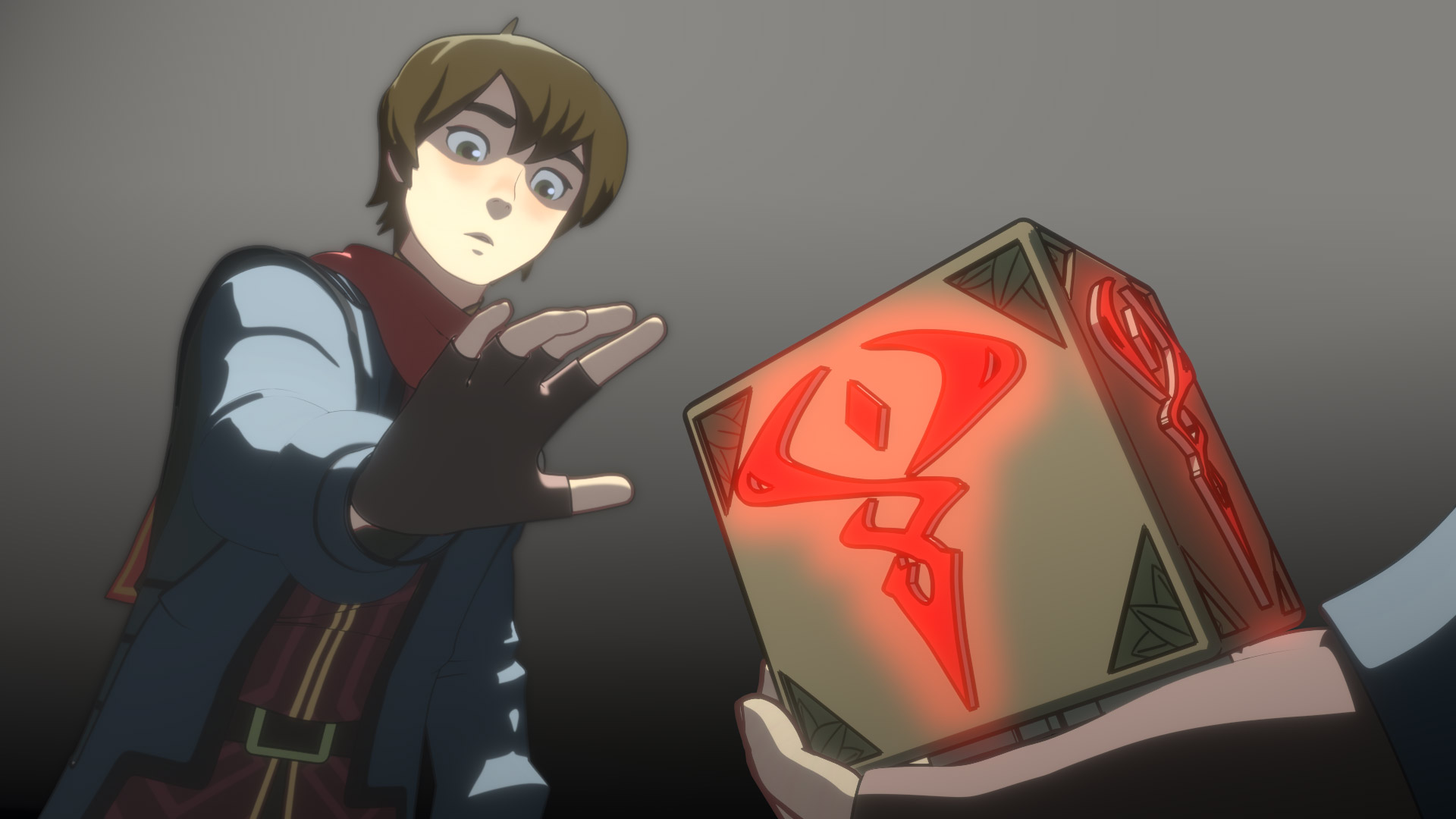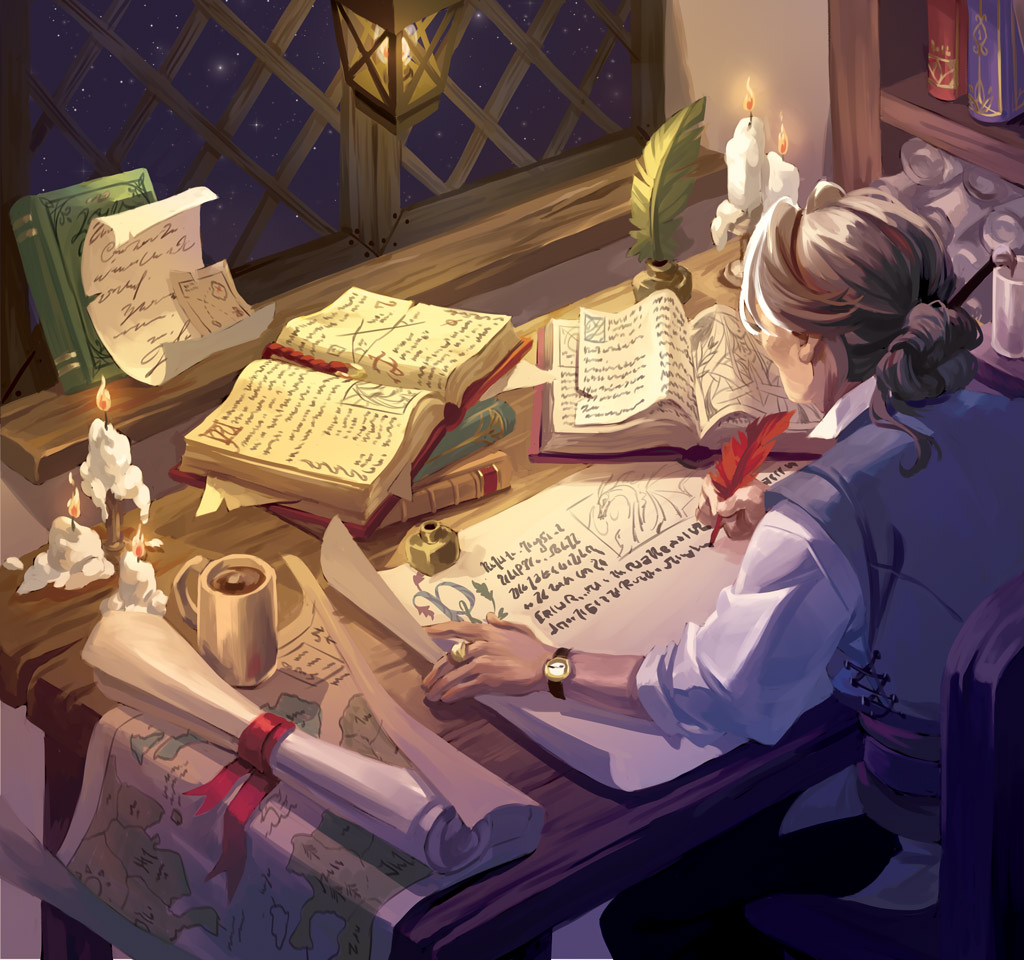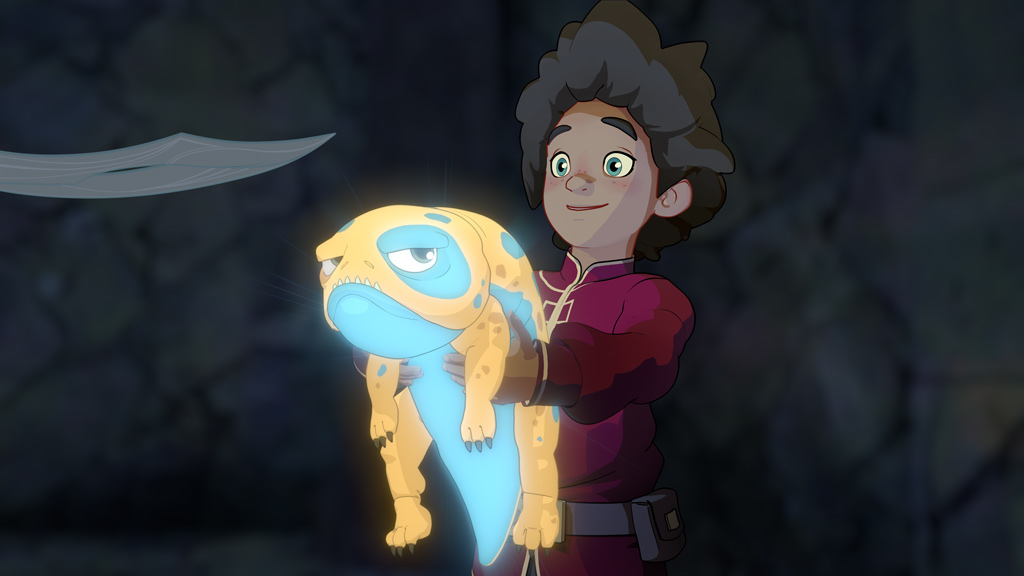
Take a Tour of the Tales of Xadia Character Sheet
May 26, 2022Hail and well met, fellow adventurers! You being here can only mean that you have a love for The Dragon Prince and are interested in playing Tales of Xadia! Well, good news: today, we will be reviewing each section of the Tales of Xadia character journal step-by-step.
What is a Character Journal?
In Tales of Xadia, a character journal represents your character’s traits and abilities. A character journal is vital to play Tales of Xadia because it details what your character can do in certain circumstances. You can use pencil and paper or print out a copy of a character journal to keep track of your info or use the digital tools here at talesofxadia.com. The information in this article relates to the digital character journal found on the Tales of Xadia website.

By the end of this walkthrough, you’ll have a clear understanding of how to use a character journal to manage a Tales of Xadia character!
Before We Start
Die Ratings
If you look closely, you can see that every section has a blue symbol with white text that represents a die from among a d4, d6, d8, or d12. That is because, for each major part of your character, the quality of that aspect will be determined by a die value. The higher the die, the more proficient they are in that subject. When you attempt a test, contest, or challenge that uses a trait you have a dice associated with, you can add that die to your dice pool.

Dice Tray
Over on the right side of the screen (or on the bottom right-hand side on mobile), you will see a section for the Dice Tray. When you’re called to roll dice for a test, contest, or challenge, you assemble a dice pool and roll it to determine your result. To learn more about your dice pool, check out the Your Dice Pool section in the Playing the Game chapter of the Rules Primer.
Character Overview
Starting at the top right, you will have a section for the character’s portrait, their name, and their pronouns. These fields are vital so that everyone at the table knows precisely how to address your character and what they look like.
Under the information about your character, you’ll also see a counter with the title “Plot Points.” The mechanics of using plot points and their impact on the game can be found in our article about Hinder.
Attributes
Next, we’ll look at one of the most critical sections of the character journal, Attributes. These are the essential physical and mental aspects of a character. Every character has a rating associated with each attribute, denoted by a particular dice. The die associated with a specific attribute is included in your dice pool whenever you attempt a test, contest, or challenge that applies to the attribute. The following list describes the six different attributes:

- Agility represents a character’s hand-eye coordination, nimbleness, and dexterity.
- Awareness represents the character’s ability to perceive their physical surroundings as well as their insight into the emotional status of their peers.
- Influence represents how the character is perceived by other characters, as well as their persuasiveness when they communicate with another creature.
- Intellect represents the character’s capacity to comprehend complex and straightforward concepts about the world around them.
- Spirit represents the character’s mental resolve and emotional reserve when facing conflict.
- Strength represents the character’s physical fitness and raw power.
Values
Values are six core emotional aspects of your character’s persona that influence how strongly they feel about certain situations. These are the six values:

- Devotion represents the character’s feeling of obligation to their peers or an agreement they made.
- Liberty represents the character’s feeling of freedom and the ability to do what they wish when they wish.
- Glory represents the character’s feeling of pride and their desire to gain the admiration of their peers.
- Mastery represents the character’s feeling of personal growth and how far they wish to push their limits.
- Justice represents the character’s feeling of honor and how far they are willing to go to maintain order.
- Truth represents the character’s feeling of honesty and how important it is to them to maintain truth.
Distinctions
Distinctions are specific traits that make your character unique. More specifically, distinctions are positive features that your character has gained from their upbringing or past experiences.
You will also notice an option for Hinder under each distinction. To learn more about what this section means, check out that aforementioned article on the Hinder mechanic.
Special Effects
Special Effects (SFX)are abilities your character can activate to gain a powerful perk at the cost of a plot point. These effects are granted by your distinctions and allow you to bend the game’s rules in specific ways under certain circumstances. Some assets—typically magical items or creatures—also come with SFX that are added to your character journal when the asset is acquired.

To learn more about SFX, see the Special Effects section of the Game Handbook.
Specialties
Characters start with three specialties. These traits represent a specific area of focus that your character has knowledge of. A die represents the level of expertise for a particular specialty. A d6 shows you are trained in this area, whereas a d8 shows you as an expert. To learn more about how specialties work, check out the Specialties section of the Game Handbook.
Assets
Assets are objects or creatures that are important to your character. These benefits typically fall into the following categories: helpful tools, friendly creatures, and weapons and armor. Assets can be used throughout your journeys by allowing you to add a die to your dice pool in situations where the asset is applicable.
To learn more about what kind of assets are available and the rules surrounding them, check out the Assets section of the Game Handbook.
Stress & Trauma
At the very top of the page, you’ll notice there is a whole other tab for Stress & Trauma. This section contains six stress areas called Afraid, Corrupted, Insecure, Angry, Exhausted, and Injured.

As the adventure unfolds, characters will experience various successes and inevitable failures. When they fail, they’ll accumulate stress represented by die values that can be used against them as the Narrator sees fit.
For more information on how stress affects your character in Tales of Xadia, check out the Stress section of the Rules Primer.
Your Journey Has Just Begun!
There you have it! You have successfully completed the tour of your character journal. Now that you are in the know of how a character functions in Tales of Xadia, you can set forth and begin to weave your own tales in the fantastical world of The Dragon Prince!
Inspiration for Your Table
Sign up for the Tales of Xadia newsletter for more tips! You can also watch our playthrough of The Gloaming Glade to learn how to play the game! Follow Fandom Tabletop on Twitch to get alerts when new games are in session and get caught up on a few episodes of the story at your leisure on YouTube!










